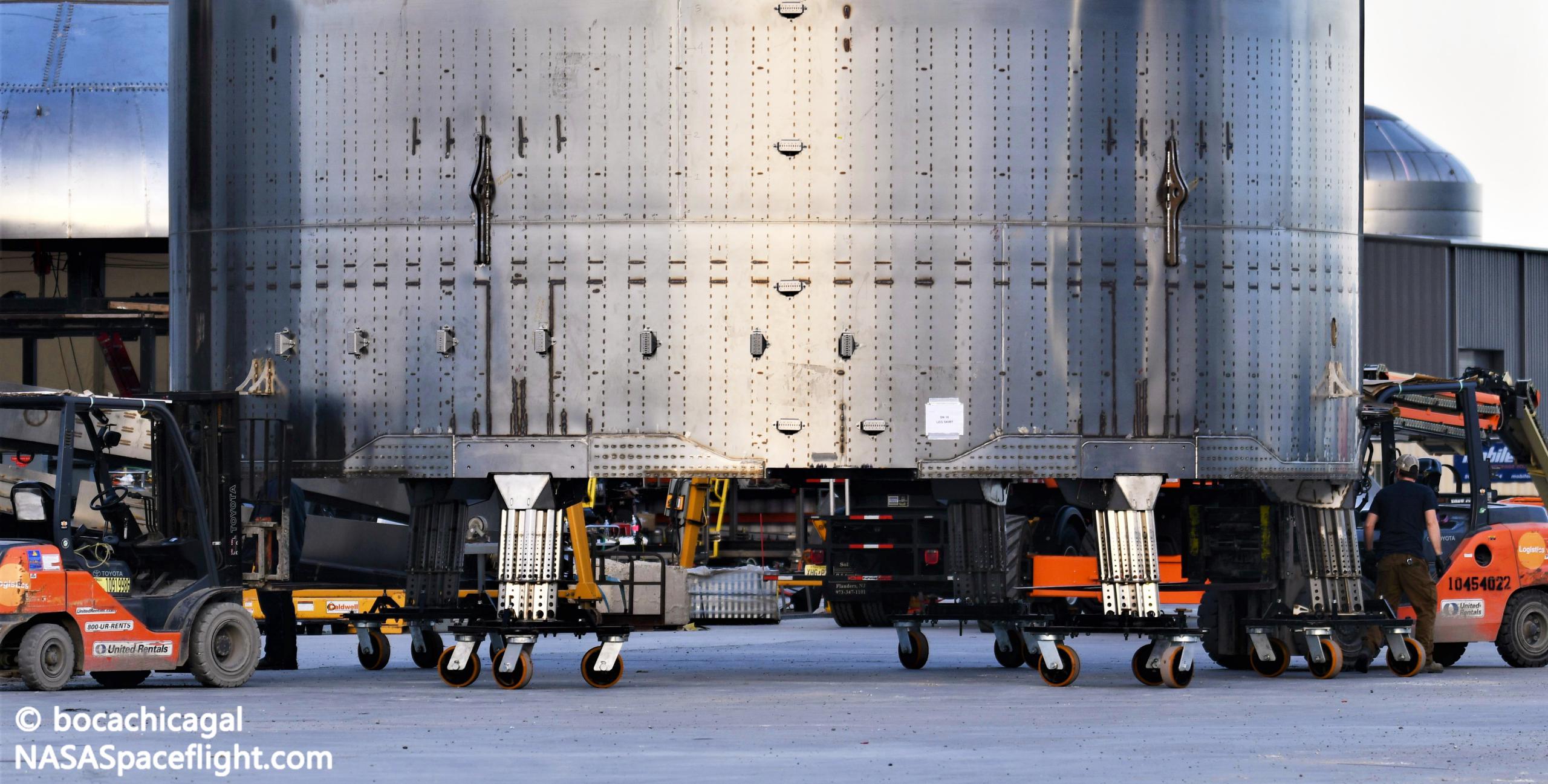
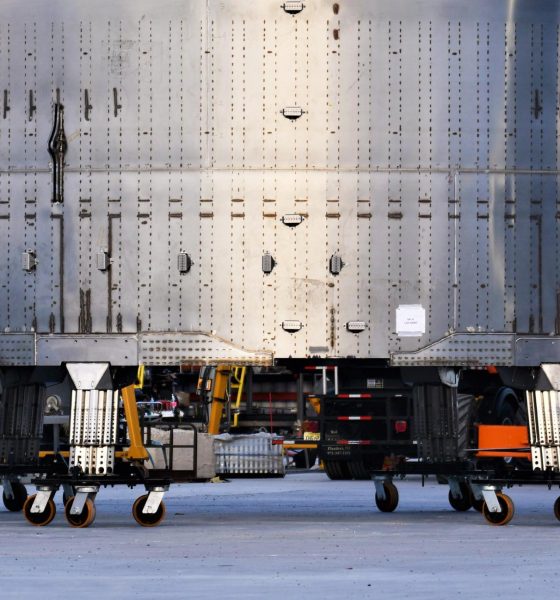
News
SpaceX Starship landing leg upgrades imagined in new fan renders
After new official Starship renders appeared to include the first view of an upgraded landing leg design, a SpaceX fan and digital artist took it upon themselves to sketch out what those new rocket legs might look like.
For almost a full year, SpaceX CEO Elon Musk has been talking about a need for upgraded Starship landing legs and the challenges posed by that seemingly straightforward goal. Now, after Starship SN10 narrowly became the first prototype to land in one piece, and do so in spite of malfunctioning legs, a new design capable of significantly improving reliability, stability, and toughness has likely become a front-and-center priority.
Notably, during SN10’s spectacular landing, at least two or three of the Starship’s six flip-out landing legs failed to properly deploy, leaving just a half to two thirds of the legs needed to fully withstand the momentum of a Starship landing. Starship SN10 didn’t make it easy on those remaining legs, either, and was still traveling at least 15-20 mph (6-8 m/s) at touchdown. As a result, Starship crushed those legs into oblivion, leaving the rocket more or less resting on its skirt with no more than a few inches of ground clearance, if anything.
About eight minutes later, the prototype violently depressurized, producing a massive fireball as any remaining propellant flashed into gas and ignited. It’s unclear if that post-landing explosion was caused – in part or full – by SN10’s landing leg failures or if the rocket was more or less doomed before touchdown by some other technical bug. Regardless the flight test was still a spectacular and historic success for SpaceX, while simultaneously shedding light on shortcomings that can be addressed with Starship SN11 and beyond.
As it turns out, mere hours prior to Starship SN10’s successful launch, landing, and self-destruction, a series of new, official SpaceX renders released as part of an update for a private Starship launch around the Moon may have revealed the latest glimpse of an updated landing leg design.
Notably, the updated design – at least insofar as Erc X’s concepts are within the vicinity of the ground truth – is reminiscent of an earlier leg concept SpaceX revealed in April 2020 as part of a NASA announcement. Around that time, SpaceX – third fiddle to Dynetics and a Blue Origin-led team – won funds to begin the process of designing and building a Starship variant capable of landing NASA astronauts on the Moon in the mid-2020s.
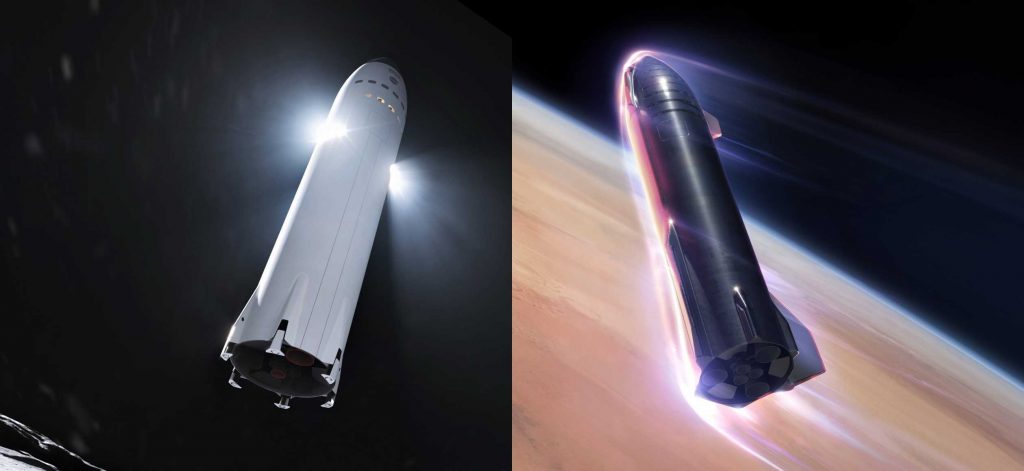
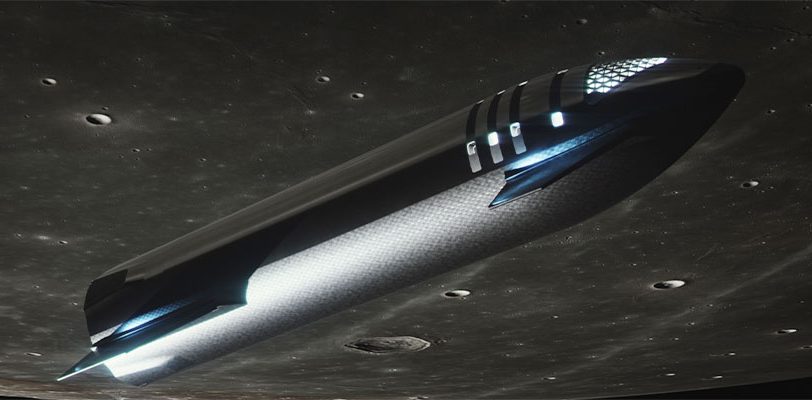
As the fan renders show, there are many different possible landing leg configurations that could feasibly fit into the curious trapezoidal shrouds visible on SpaceX’s latest official Starship renders. Knowing SpaceX and its CEO, it’s also possible – if not likely – that these latest renders are already months old and one or several versions outdated.
Either way, given Starship SN10’s successful landing and progress with Starships SN11 and SN15 thru SN18,, it’s safe to say that significantly upgraded landing legs could start appearing at SpaceX’s Boca Chica, Texas factory any day now

Elon Musk
Starlink achieves major milestones in 2025 progress report
Starlink wrapped up 2025 with impressive growth, adding more than 4.6 million new active customers and expanding service to 35 additional countries, territories, and markets.

Starlink wrapped up 2025 with impressive growth, adding more than 4.6 million new active customers and expanding service to 35 additional countries, territories, and markets. The company also completed deployment of its first-generation Direct to Cell constellation, launching over 650 satellites in just 18 months to enable cellular connectivity.
SpaceX highlighted Starlink’s impressive 2025 progress in an extensive report.
Key achievements from Starlink’s 2025 Progress
Starlink connected over 4.6 million new customers with high-speed internet while bringing service to 35 more regions worldwide in 2025. Starlink is now connecting 9.2 million people worldwide. The service achieved this just weeks after hitting its 8 million customer milestone.
Starlink is now available in 155 markets, including areas that are unreachable by traditional ISPs. As per SpaceX, Starlink has also provided over 21 million airline passengers and 20 million cruise passengers with reliable high-speed internet connectivity during their travels.
Starlink Direct to Cell
Starlink’s Direct to Cell constellation, more than 650 satellites strong, has already connected over 12 million people at least once, marking a breakthrough in global mobile coverage.
Starlink Direct to Cell is currently rolled out to 22 countries and 6 continents, with over 6 million monthly customers. Starlink Direct to Cell also has 27 MNO partners to date.
“This year, SpaceX completed deployment of the first generation of the Starlink Direct to Cell constellation, with more than 650 satellites launched to low-Earth orbit in just 18 months. Starlink Direct to Cell has connected more than 12 million people, and counting, at least once, providing life-saving connectivity when people need it most,” SpaceX wrote.
News
Tesla Giga Nevada celebrates production of 6 millionth drive unit
To celebrate the milestone, the Giga Nevada team gathered for a celebratory group photo.
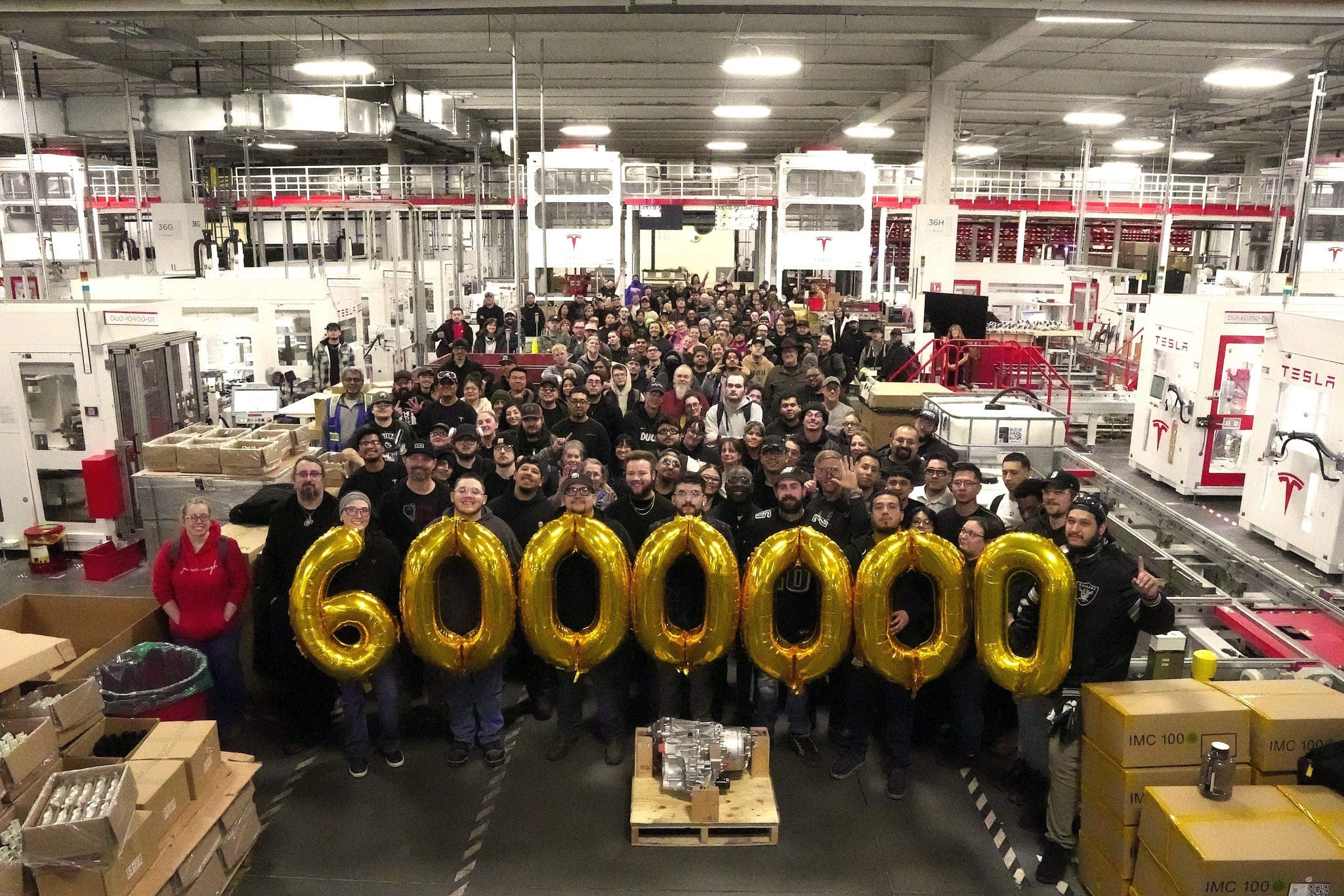
Tesla’s Giga Nevada has reached an impressive milestone, producing its 6 millionth drive unit as 2925 came to a close.
To celebrate the milestone, the Giga Nevada team gathered for a celebratory group photo.
6 million drive units
The achievement was shared by the official Tesla Manufacturing account on social media platform X. “Congratulations to the Giga Nevada team for producing their 6 millionth Drive Unit!” Tesla wrote.
The photo showed numerous factory workers assembled on the production floor, proudly holding golden balloons that spelled out “6000000″ in front of drive unit assembly stations. Elon Musk gave credit to the Giga Nevada team, writing, “Congrats on 6M drive units!” in a post on X.
Giga Nevada’s essential role
Giga Nevada produces drive units, battery packs, and energy products. The facility has been a cornerstone of Tesla’s scaling since opening, and it was the crucial facility that ultimately enabled Tesla to ramp the Model 3 and Model Y. Even today, it serves as Tesla’s core hub for battery and drivetrain components for vehicles that are produced in the United States.
Giga Nevada is expected to support Tesla’s ambitious 2026 targets, including the launch of vehicles like the Tesla Semi and the Cybercab. Tesla will have a very busy 2026, and based on Giga Nevada’s activities so far, it appears that the facility will be equally busy as well.
News
Tesla Supercharger network delivers record 6.7 TWh in 2025
The network now exceeds 75,000 stalls globally, and it supports even non-Tesla vehicles across several key markets.
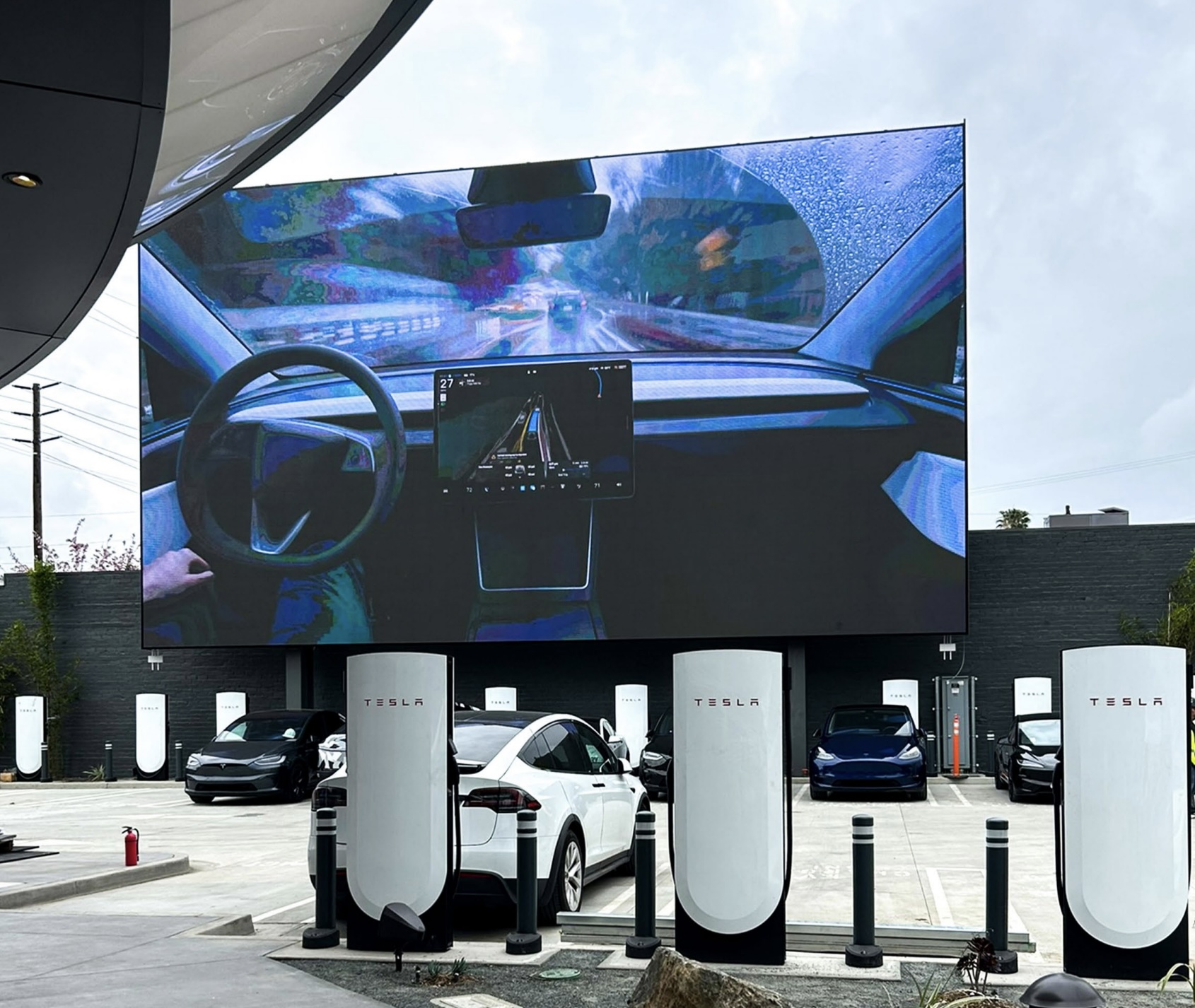
Tesla’s Supercharger Network had its biggest year ever in 2025, delivering a record 6.7 TWh of electricity to vehicles worldwide.
To celebrate its busy year, the official @TeslaCharging account shared an infographic showing the Supercharger Network’s growth from near-zero in 2012 to this year’s impressive milestone.
Record 6.7 TWh delivered in 2025
The bar chart shows steady Supercharger energy delivery increases since 2012. Based on the graphic, the Supercharger Network started small in the mid-2010s and accelerated sharply after 2019, when the Model 3 was going mainstream.
Each year from 2020 onward showed significantly more energy delivery, with 2025’s four quarters combining for the highest total yet at 6.7 TWh.
This energy powered millions of charging sessions across Tesla’s growing fleet of vehicles worldwide. The network now exceeds 75,000 stalls globally, and it supports even non-Tesla vehicles across several key markets. This makes the Supercharger Network loved not just by Tesla owners but EV drivers as a whole.
Resilience after Supercharger team changes
2025’s record energy delivery comes despite earlier 2024 layoffs on the Supercharger team, which sparked concerns about the system’s expansion pace. Max de Zegher, Tesla Director of Charging North America, also highlighted that “Outside China, Superchargers delivered more energy than all other fast chargers combined.”
Longtime Tesla owner and FSD tester Whole Mars Catalog noted the achievement as proof of continued momentum post-layoffs. At the time of the Supercharger team’s layoffs in 2024, numerous critics were claiming that Elon Musk was halting the network’s expansion altogether, and that the team only remained because the adults in the room convinced the juvenile CEO to relent.
Such a scenario, at least based on the graphic posted by the Tesla Charging team on X, seems highly implausible.








